The shutdown plan in the re-opening plan
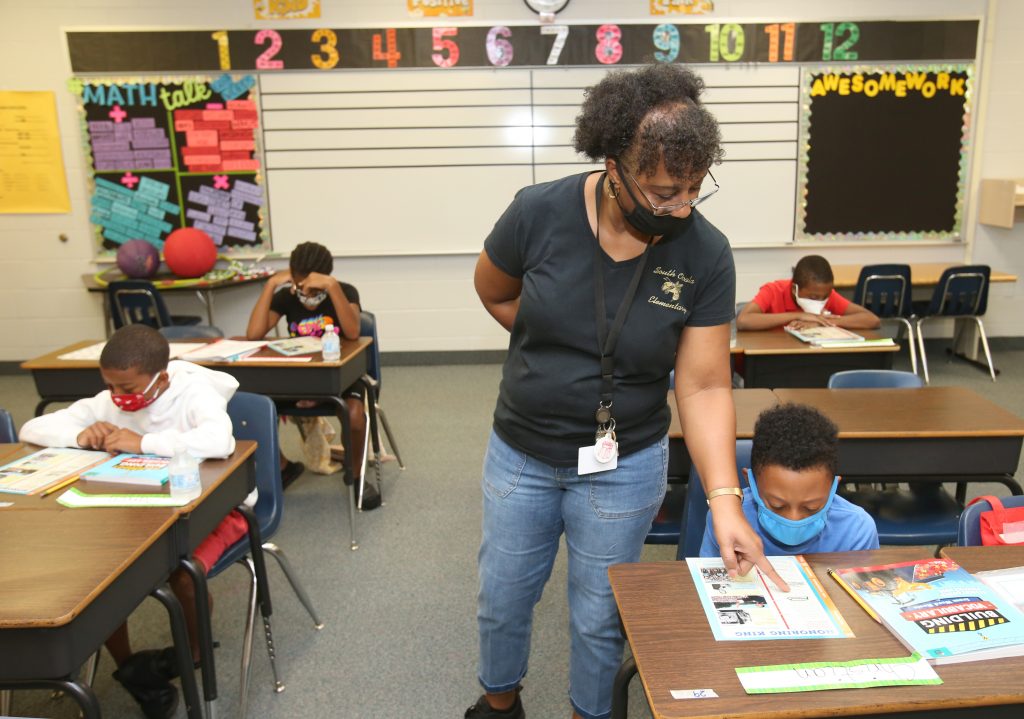
Carolyn King, a teacher, works with fourth and fifth grade students in her classroom where social distancing was being observed during the last week of a three-week summer enrichment program for students at South Ocala Elementary School in Ocala, Fla. on Wednesday, July 29, 2020. Classes are scheduled to begin on August 24 for students in the Marion County Public School System amid the COVID-19 pandemic. [Bruce Ackerman/Ocala Gazette] 2020.
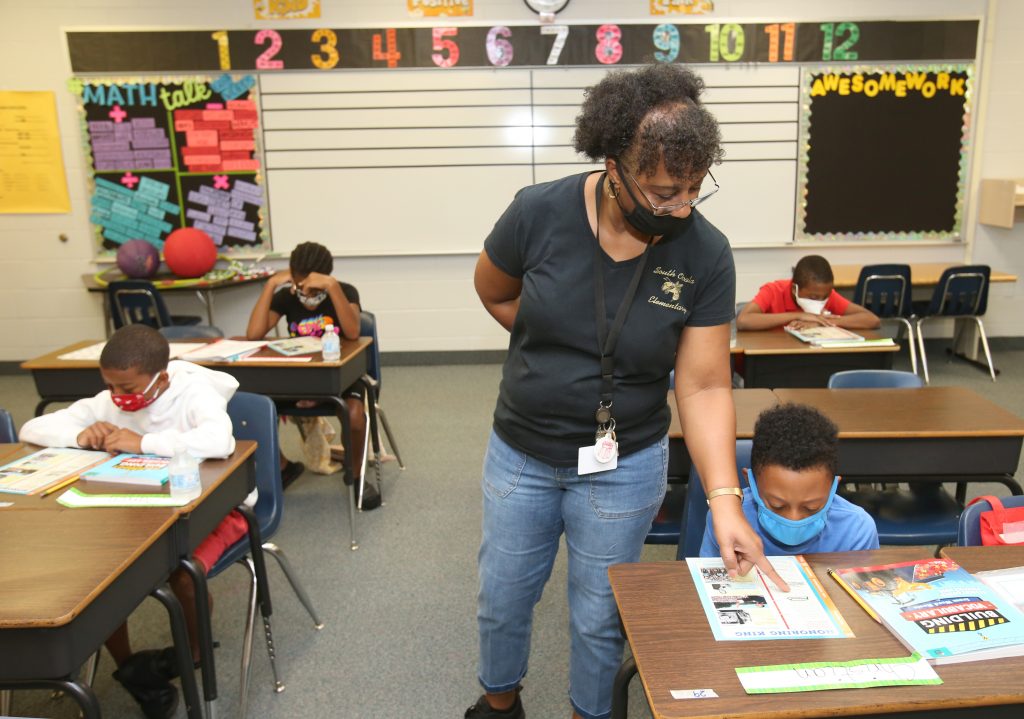
Carolyn King, a teacher, works with fourth and fifth grade students in her classroom where social distancing was being observed during the last week of a three-week summer enrichment program for students at South Ocala Elementary School in Ocala, Fla. on Wednesday, July 29, 2020. Classes are scheduled to begin on August 24 for students in the Marion County Public School System amid the COVID-19 pandemic. [Bruce Ackerman/Ocala Gazette] 2020.
When planning how to go about re-opening Marion County Public Schools this fall got under way, a task force made up of administrators, teachers and parents examined health and safety issues, changes in instructional delivery and scheduling. They also looked at something called “a Second Interruption,” or, put more simply, another shutdown of the schools.
As School Board Chairman Eric Cummings noted during Tuesday’s board meeting, “We can’t just think it’s not going to touch Marion County Public Schools. It already has. So, we have to do everything we can to mitigate it.”
The plan crafted by the aptly named Re-opening School Task Force has plenty of directives and recommendations for reopening Marion County’s 51 public schools. There is a mask mandate whenever as student cannot social distance – you know, in classrooms, in hallways, in the cafeteria, on the bus. There are recommendations for how to minimize the risk of spreading the coronavirus for students and teachers. There are plans for daily sanitizing of classrooms and other school facilities. Custodian schedules are being rearranged to enhance cleaning. There are assurances of hand sanitizer, face masks and face shields for every student and teacher.
But while the plan tries to address every potential risk so schools can function at something close to normal, task force members also are realistic enough to recognize there is a chance that re-opening schools may cause new coronavirus cases, too many new cases.
Hence, the section in their report called “Second Interruption.”
“This school district, and school districts across the country, got a pass in the spring,” said Deputy Superintendent of Schools Mark Vianello, who headed the re-opening task force. “We may not get that pass next time. We have to be ready.”
What Vianello is referring to is that state and district officials essentially relaxed standards and expectations when the school district was forced, in basically a week’s time, to switch from in-person classroom instruction to online distance learning. While most observers, including Vianello, praise how well teachers handle to abrupt change, the reality is too many students lost academic ground over the last couple months of the school year.
“We wanted to know how we could improve on what happened in the spring,” Vianello said, adding “we went from traditional education to the entire system delivering education virtually almost overnight.”
At least some of the problem can be attributed to technology issues. About one-third of public school students do not own a computer. One in 10 do not have internet service. There are also teachers who are not technologically adept.
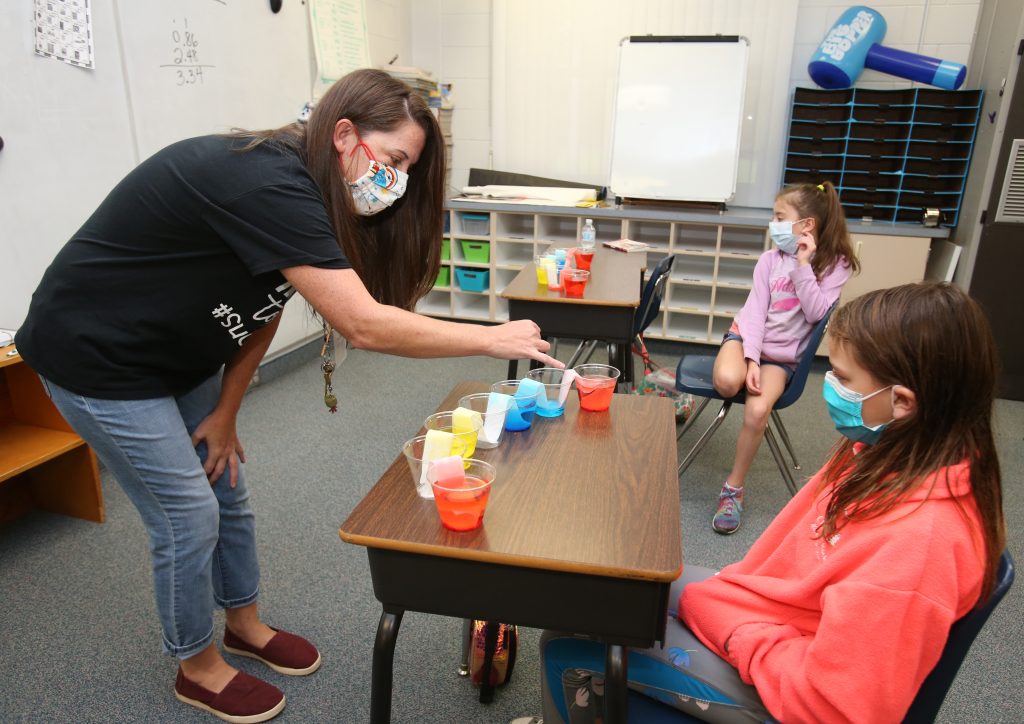
Bonnie Chen, a teacher, left, talks with fifth graders, Isabella Kalil, 10, right, and Kaili Marshall, 10, center, about their Walking Rainbow experiments during the last week of a three-week summer enrichment program for students at South Ocala Elementary School in Ocala, Fla. on Wednesday, July 29, 2020. Classes are scheduled to begin on August 24 for students in the Marion County Public School System amid the COVID-19 pandemic. [Bruce Ackerman/Ocala Gazette] 2020.
When teachers return to school on Monday (Aug. 3) a good part of their three weeks before students return to campuses will be spent in staff training, part of it geared to health and safety measures and part of it dedicated to training teachers on new technology, on more effective virtual teaching.
In addition to training teachers to use new platforms for engaging students and parents, the school district will also use some of its $13.8 million in state Elementary and Secondary School Emergency Relief (ESSER) grant money to pay for technology.
The expectations for online students will also change dramatically. They will be expected to follow a class schedule just like those students attending brick-and-mortar schools. In other words, they will start school at the same time as in-school students and change classes at the end of each period just like traditional students.
“There won’t be a forgiveness policy,” Vianello said. “There will be accountability.”
Parents and students are being given the option of attending either traditional school or virtual school online. But, if the pandemic should worsen and, as some fear, too many teachers become sick or students start coming down with the virus in large numbers, the schools could again opt to go to go fully online. If that is the case, Vianello said, the district expects to be prepared with the hardware, software and training necessary for everyone involved to switch over to virtual education and succeed and meet the academic standards that are in place for traditional schools.
So, in the plan to re-open schools is also a plan to shut them down again, if necessary.
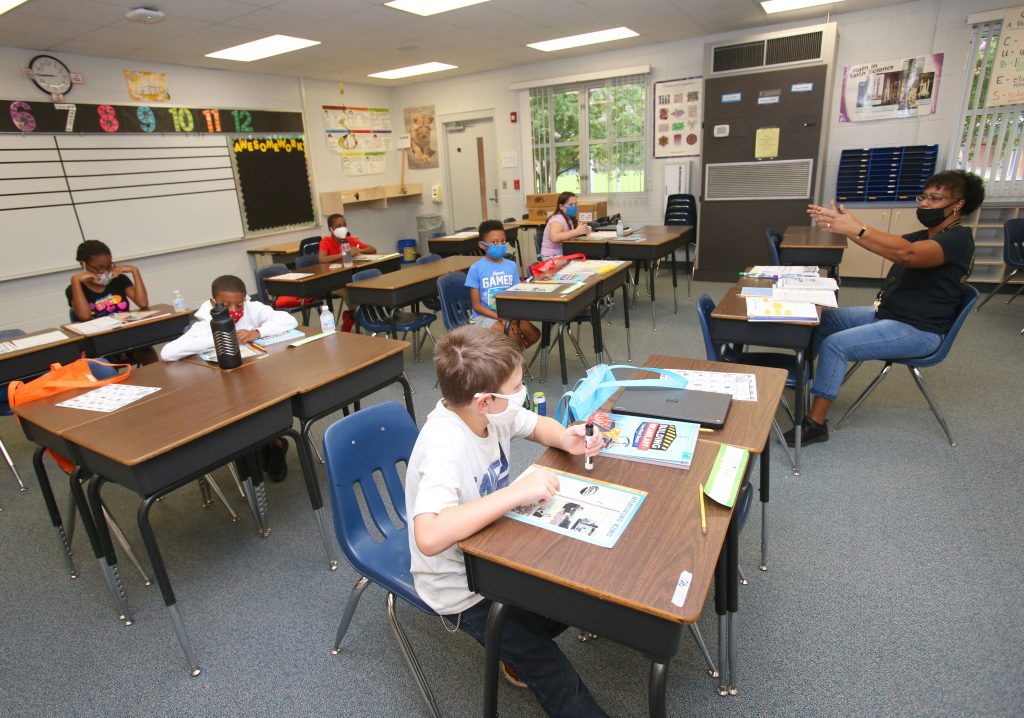
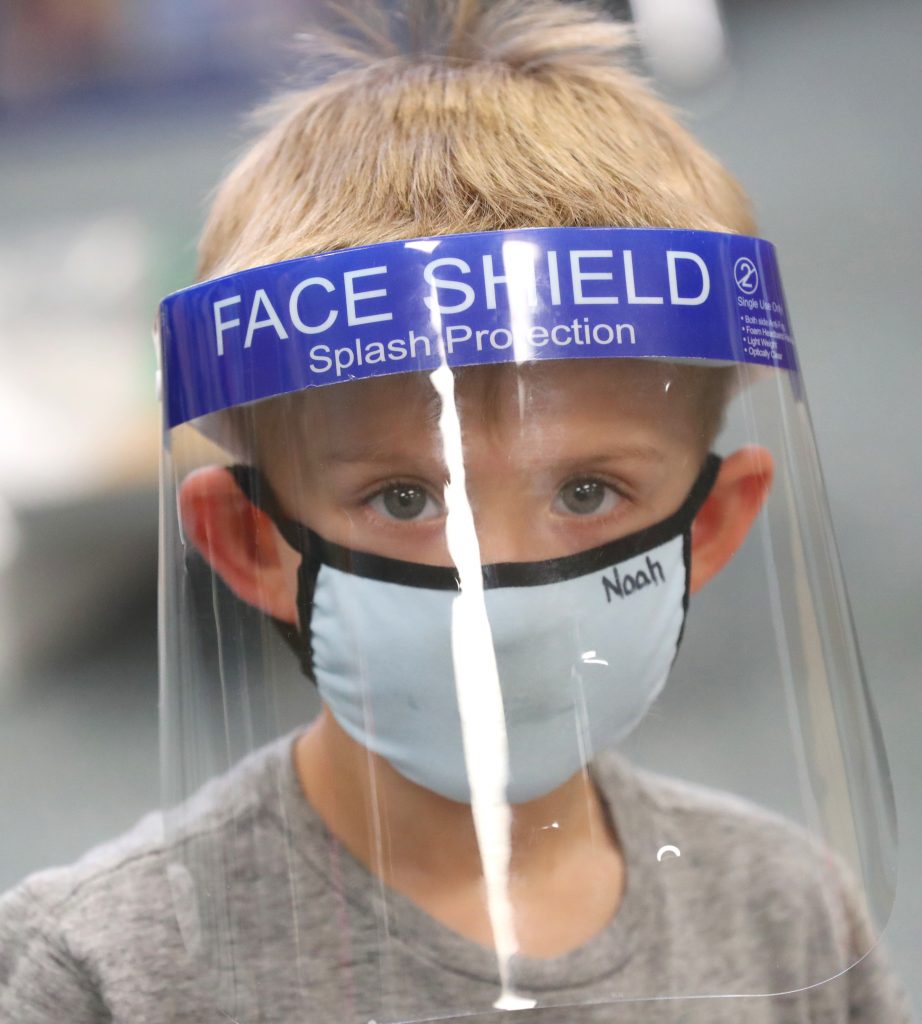
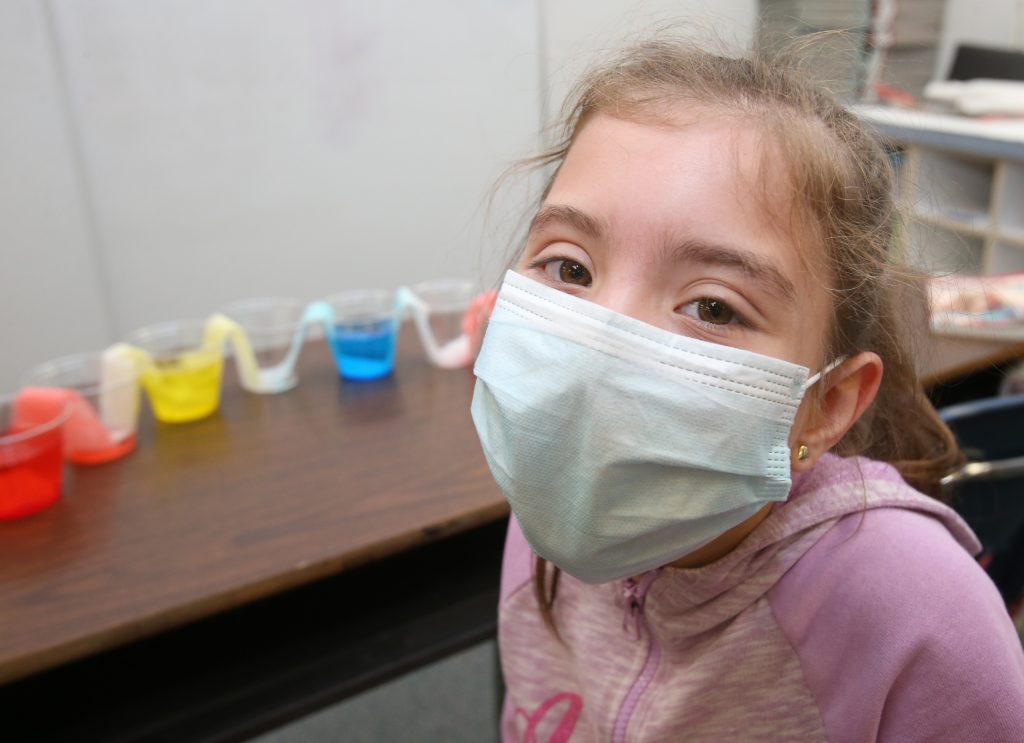
Featured Local Savings
Support community journalism
The first goal of the Ocala Gazette is to deliver trustworthy local journalism so corruption, misinformation and abuse are not hidden from the public or unchallenged.




